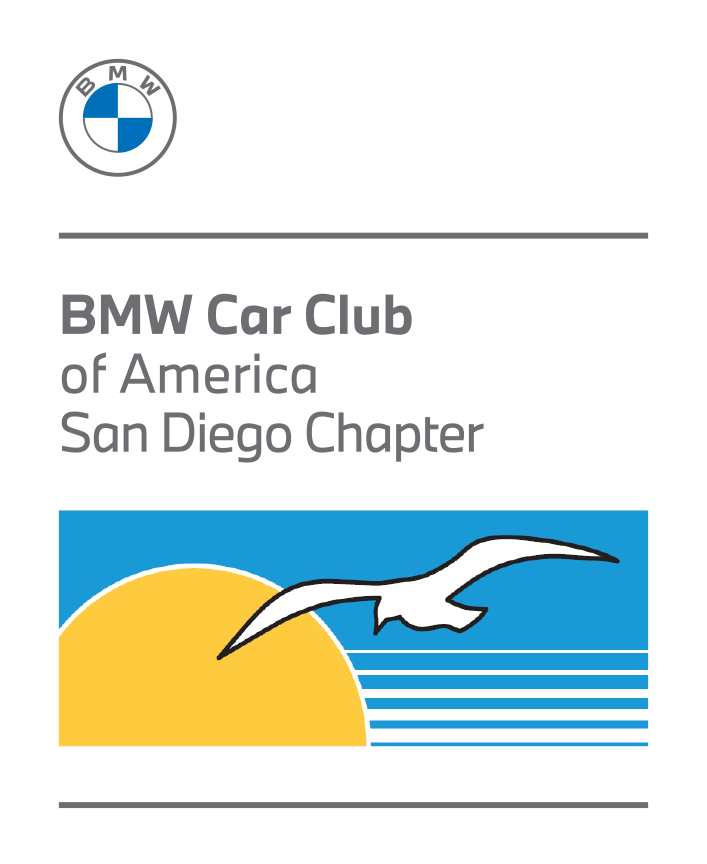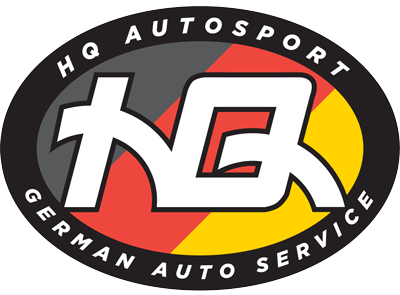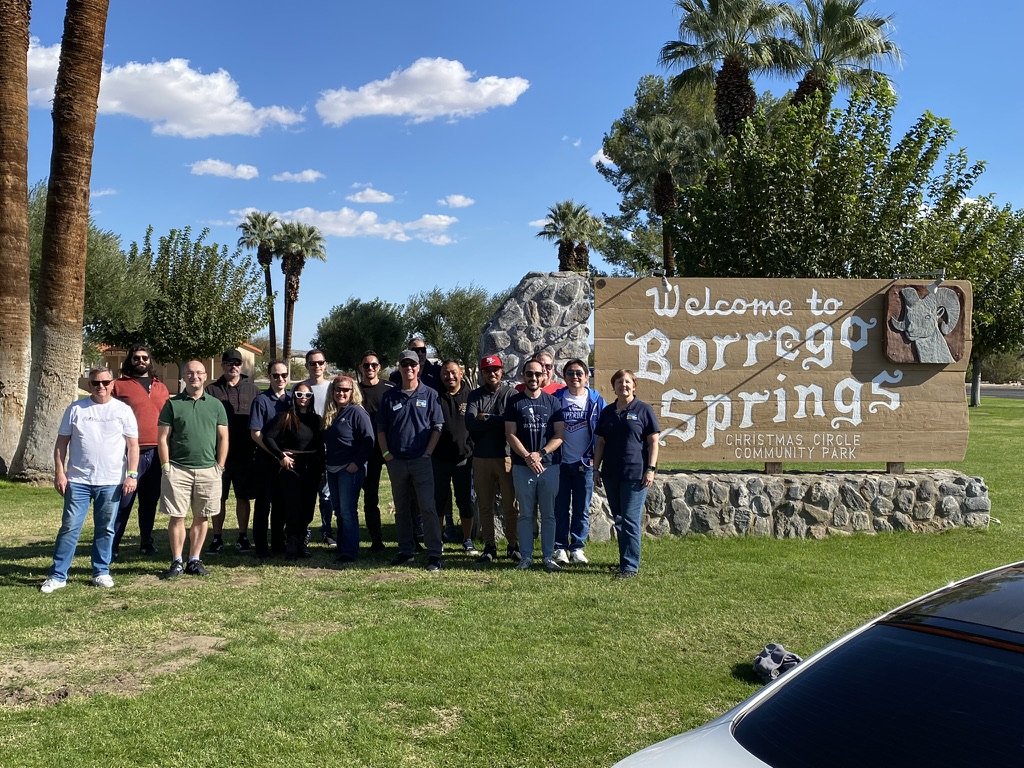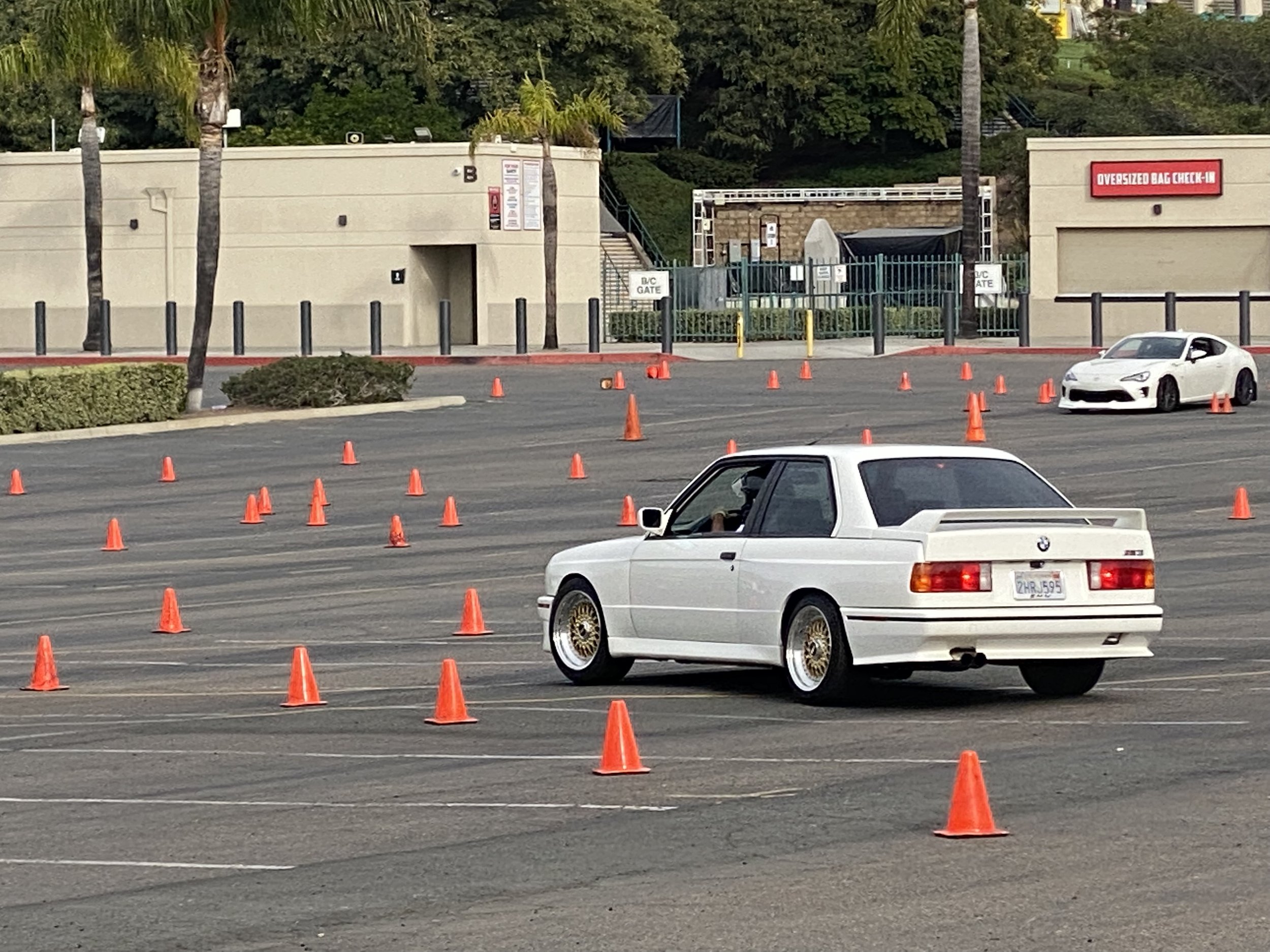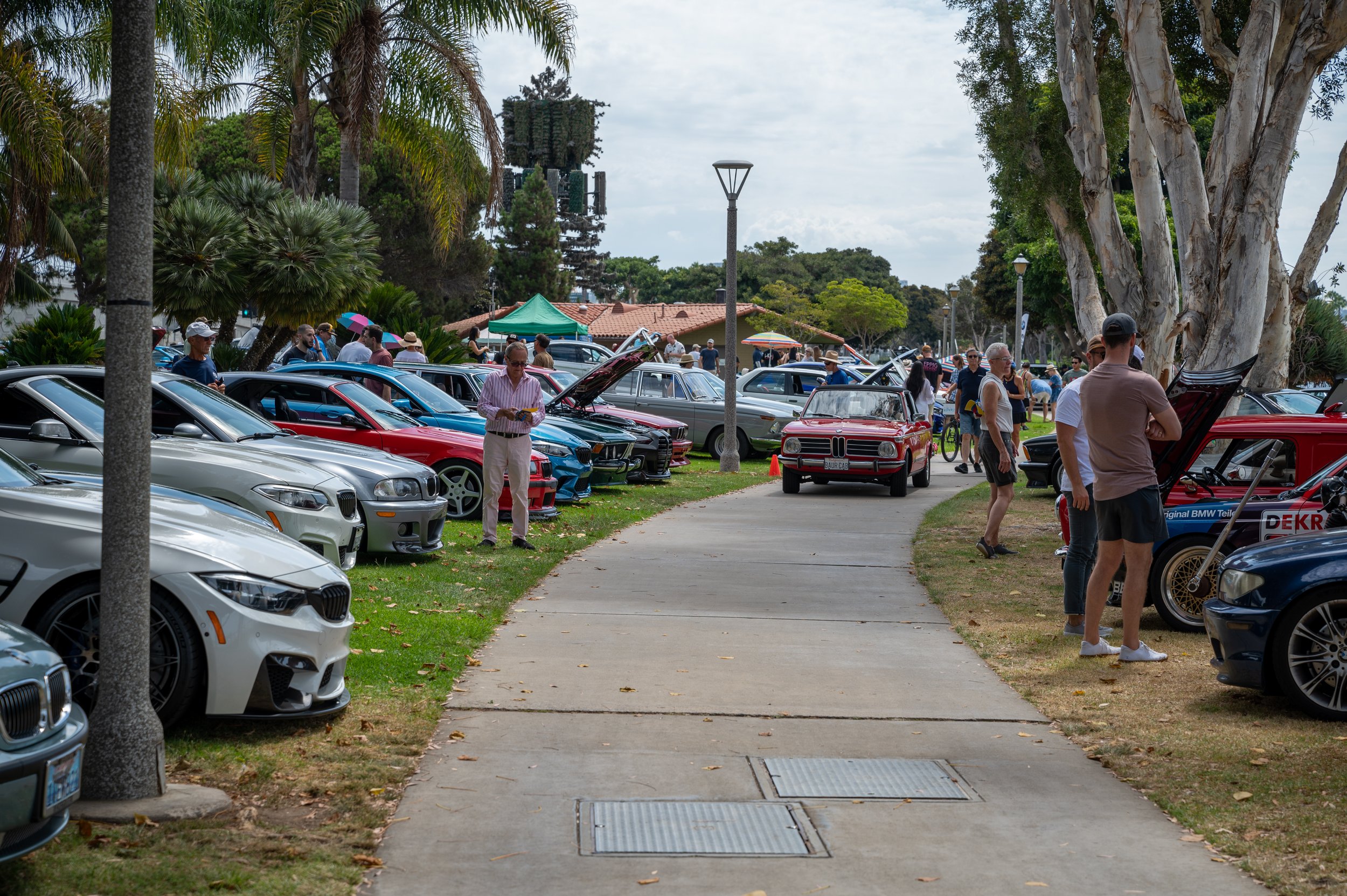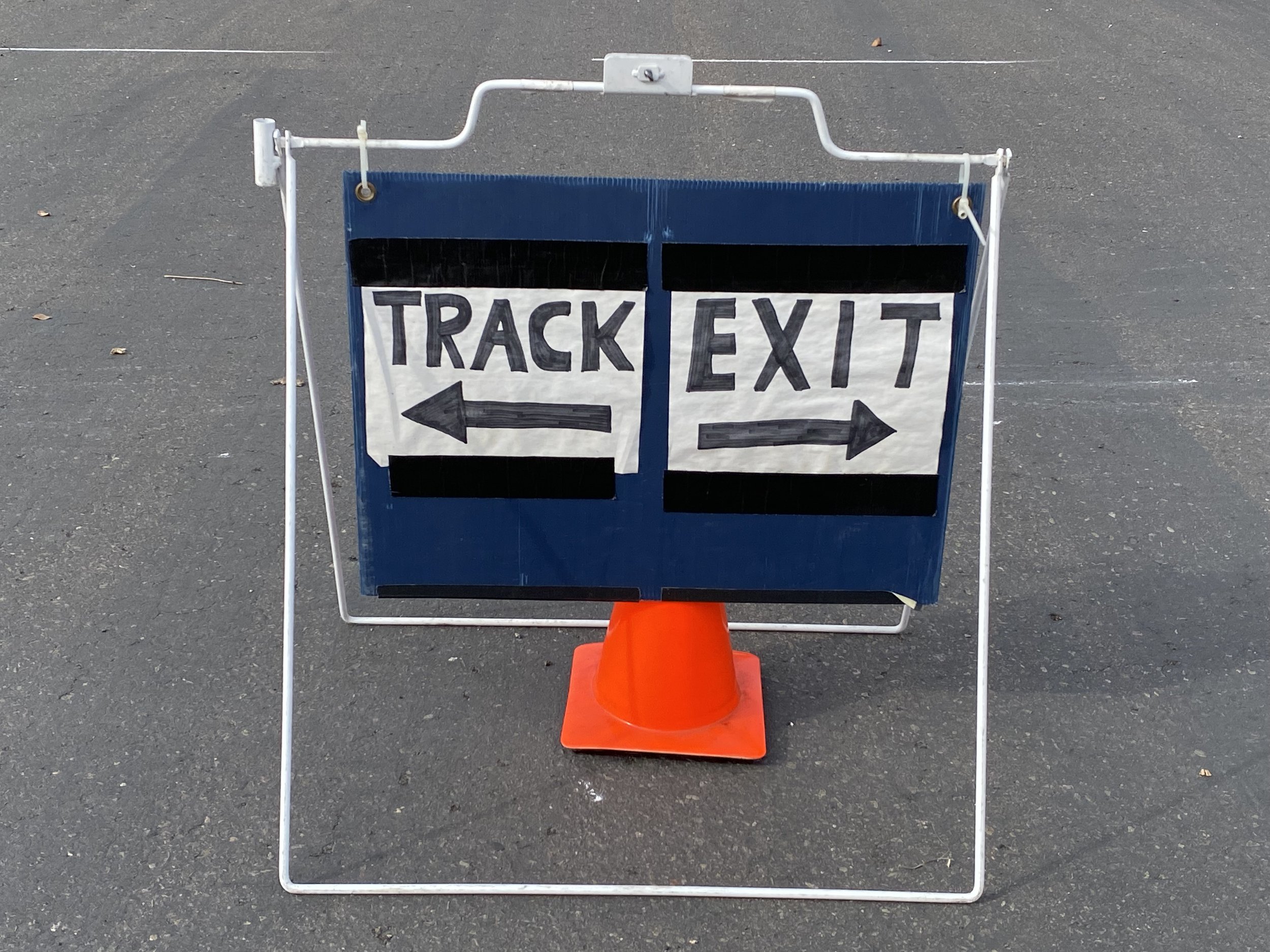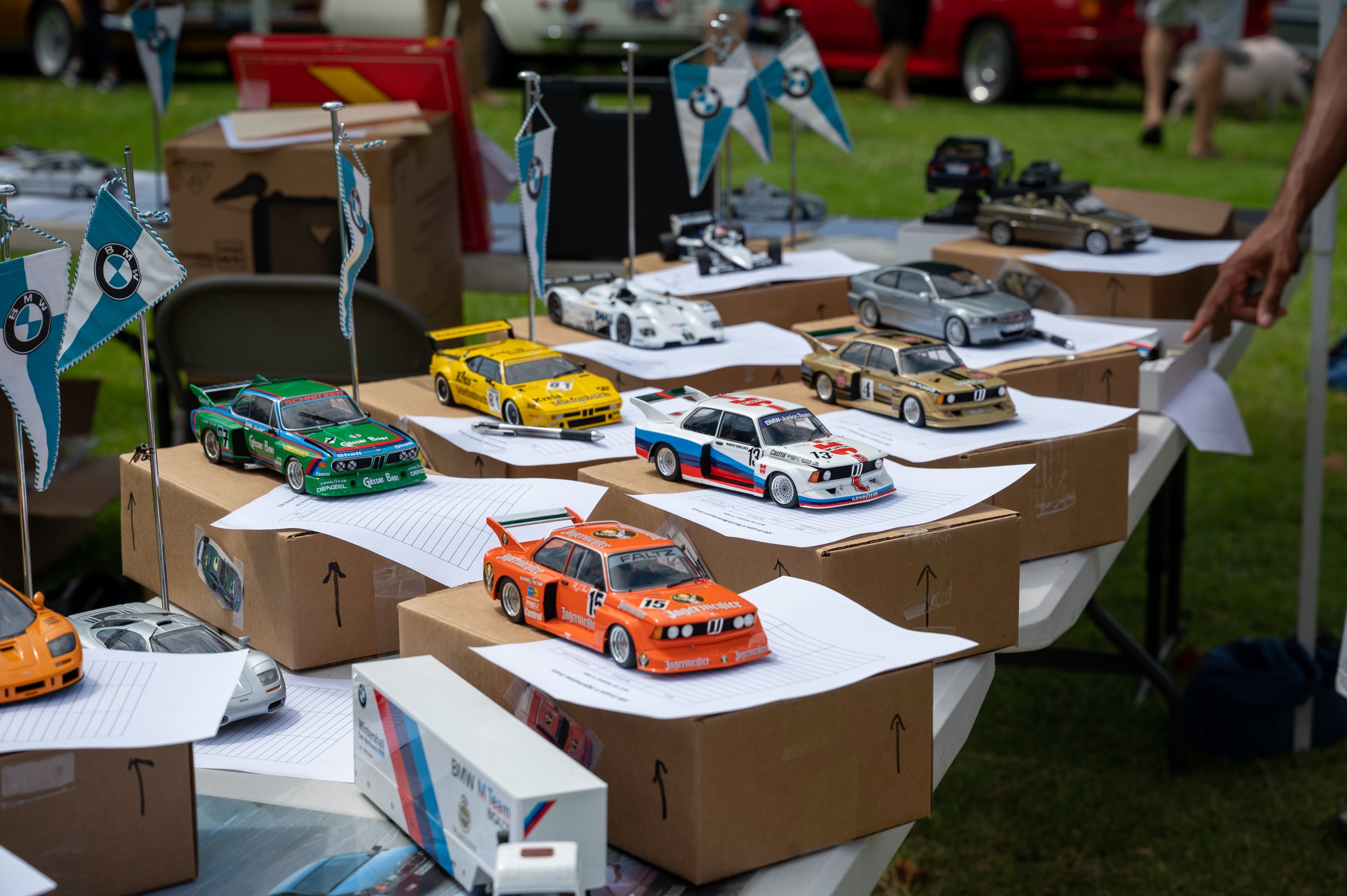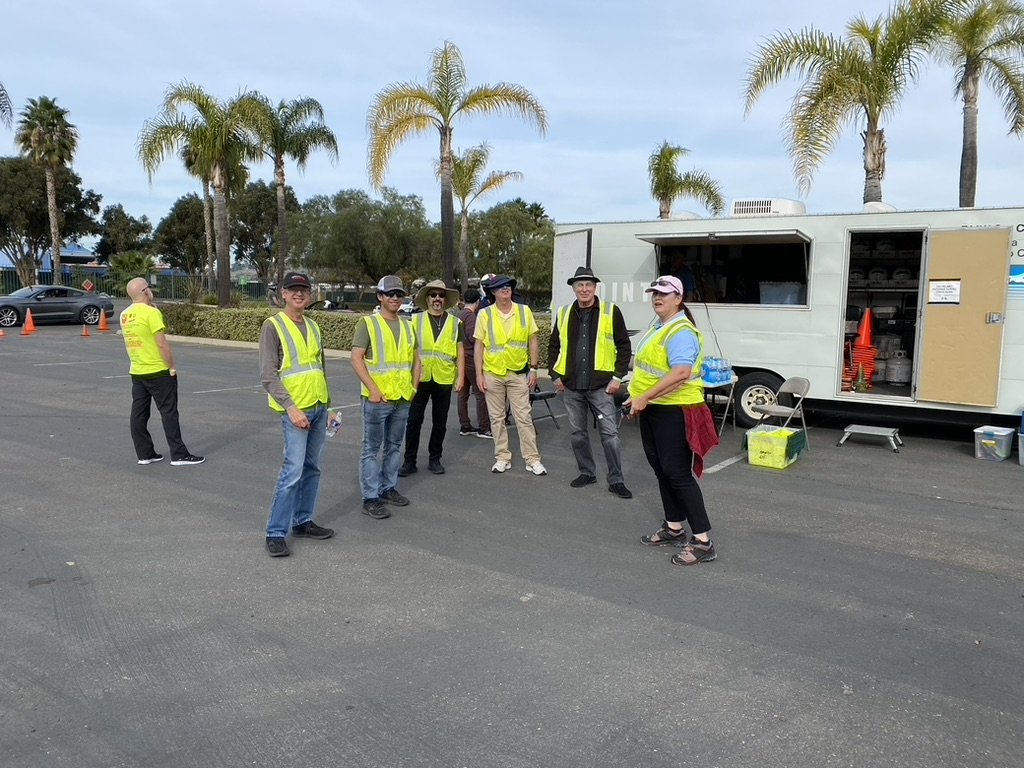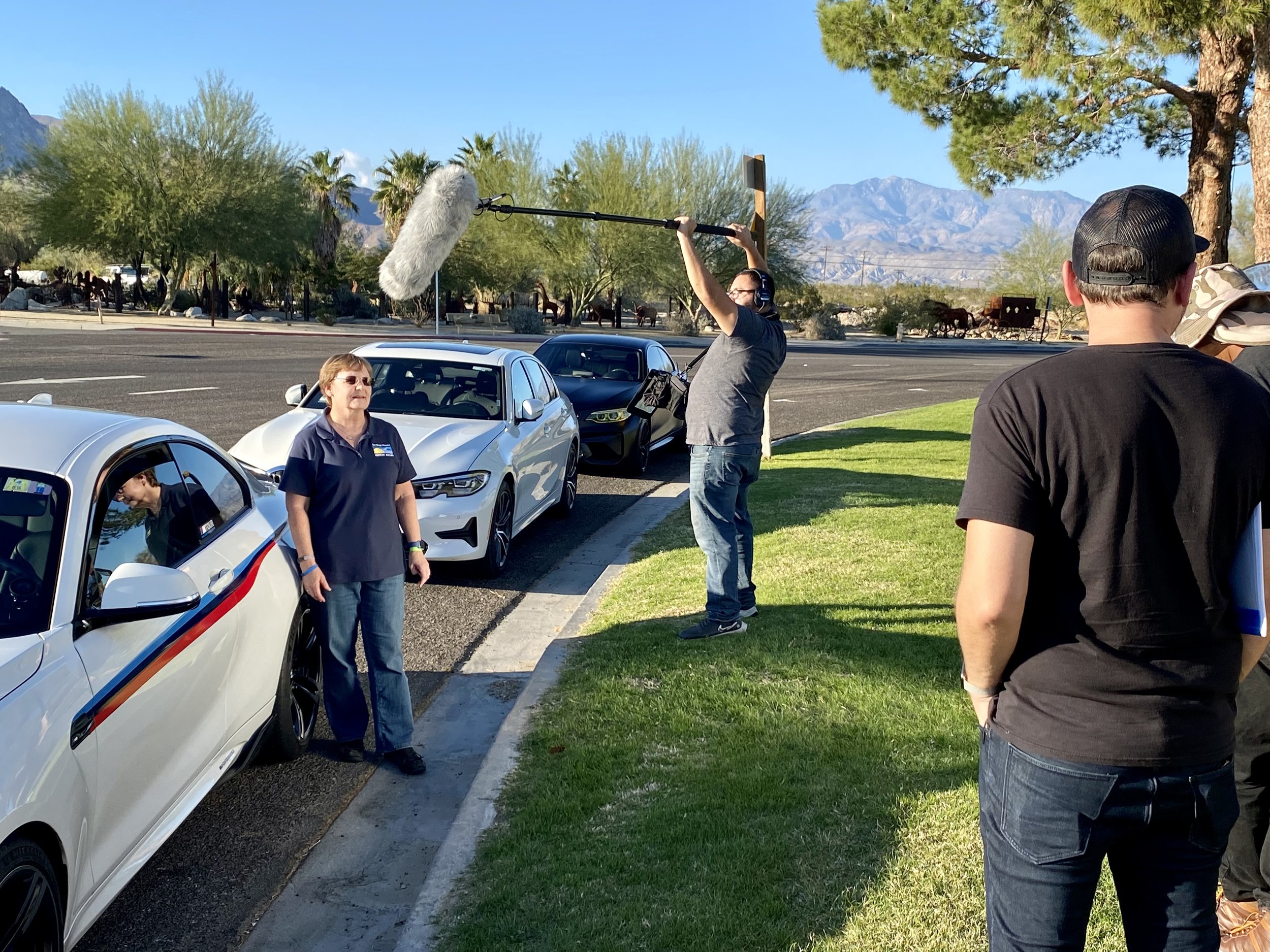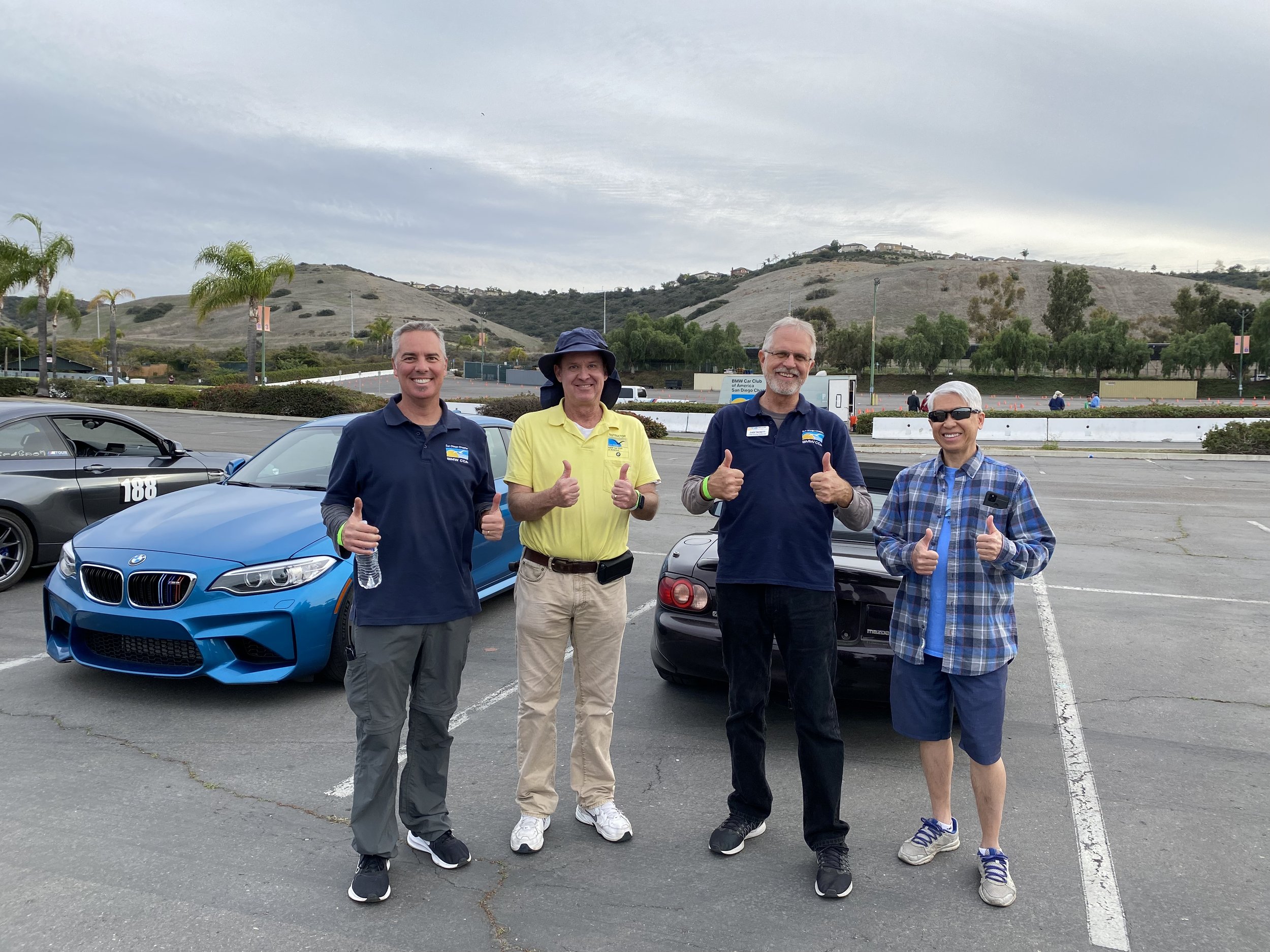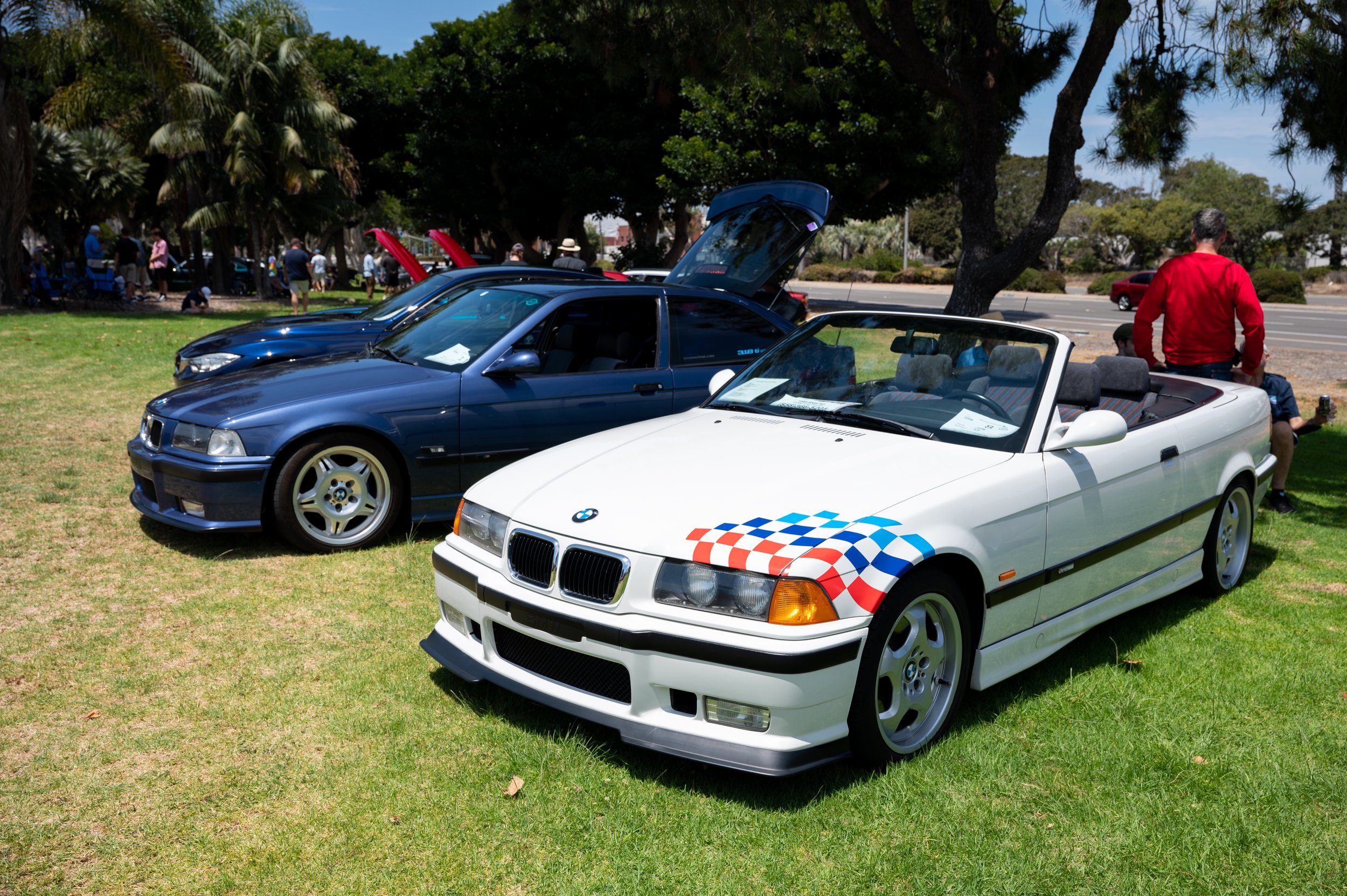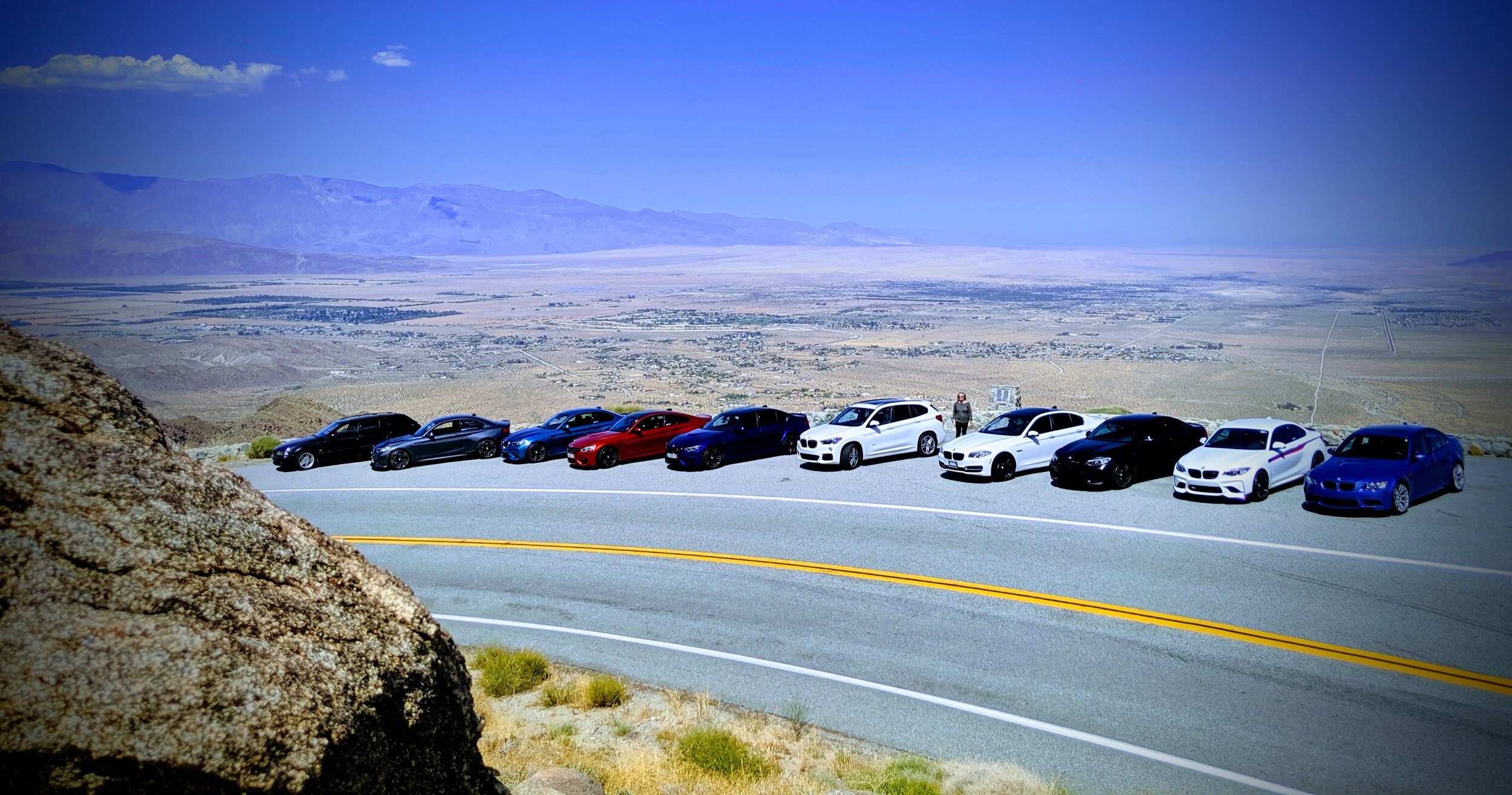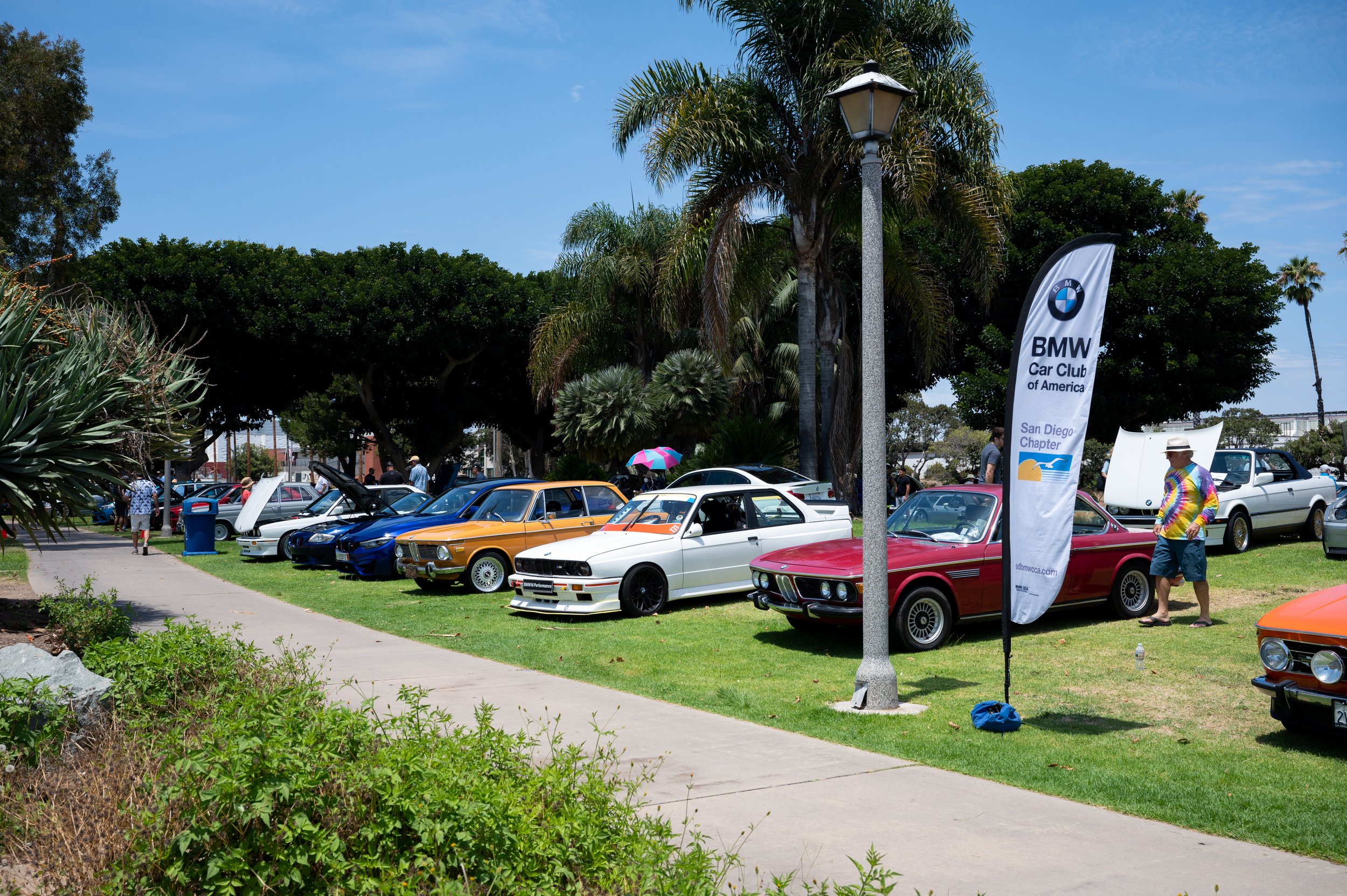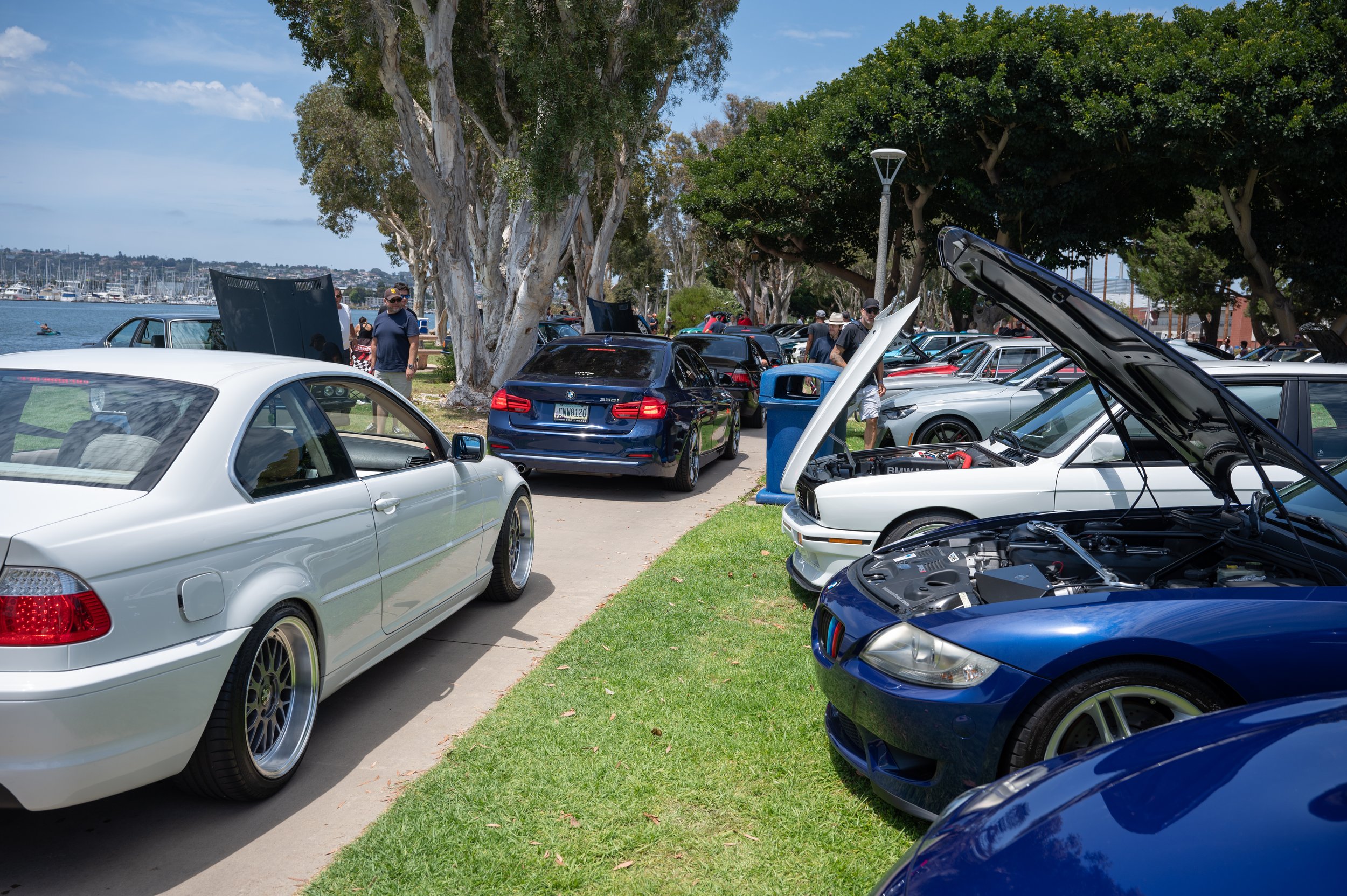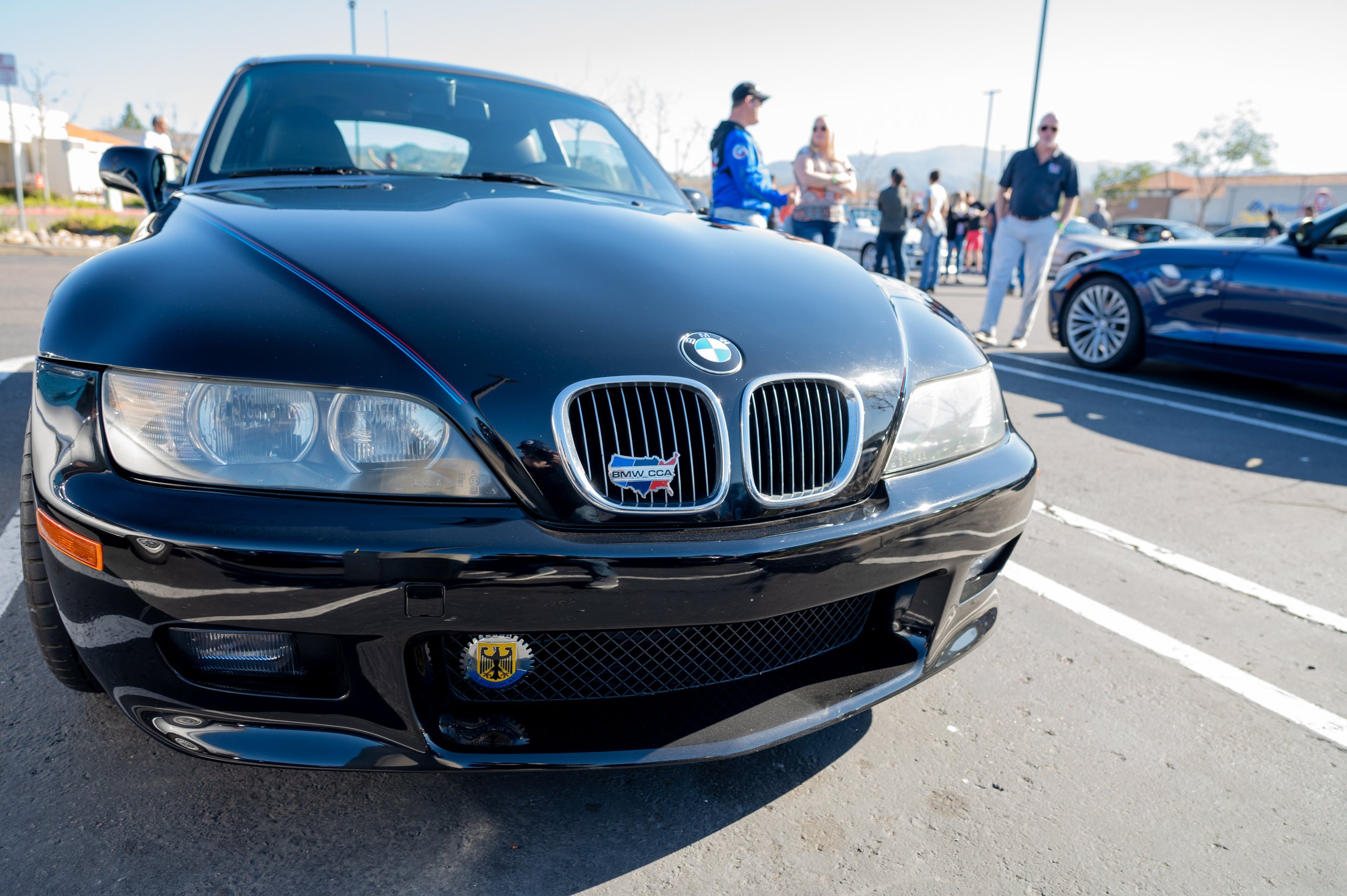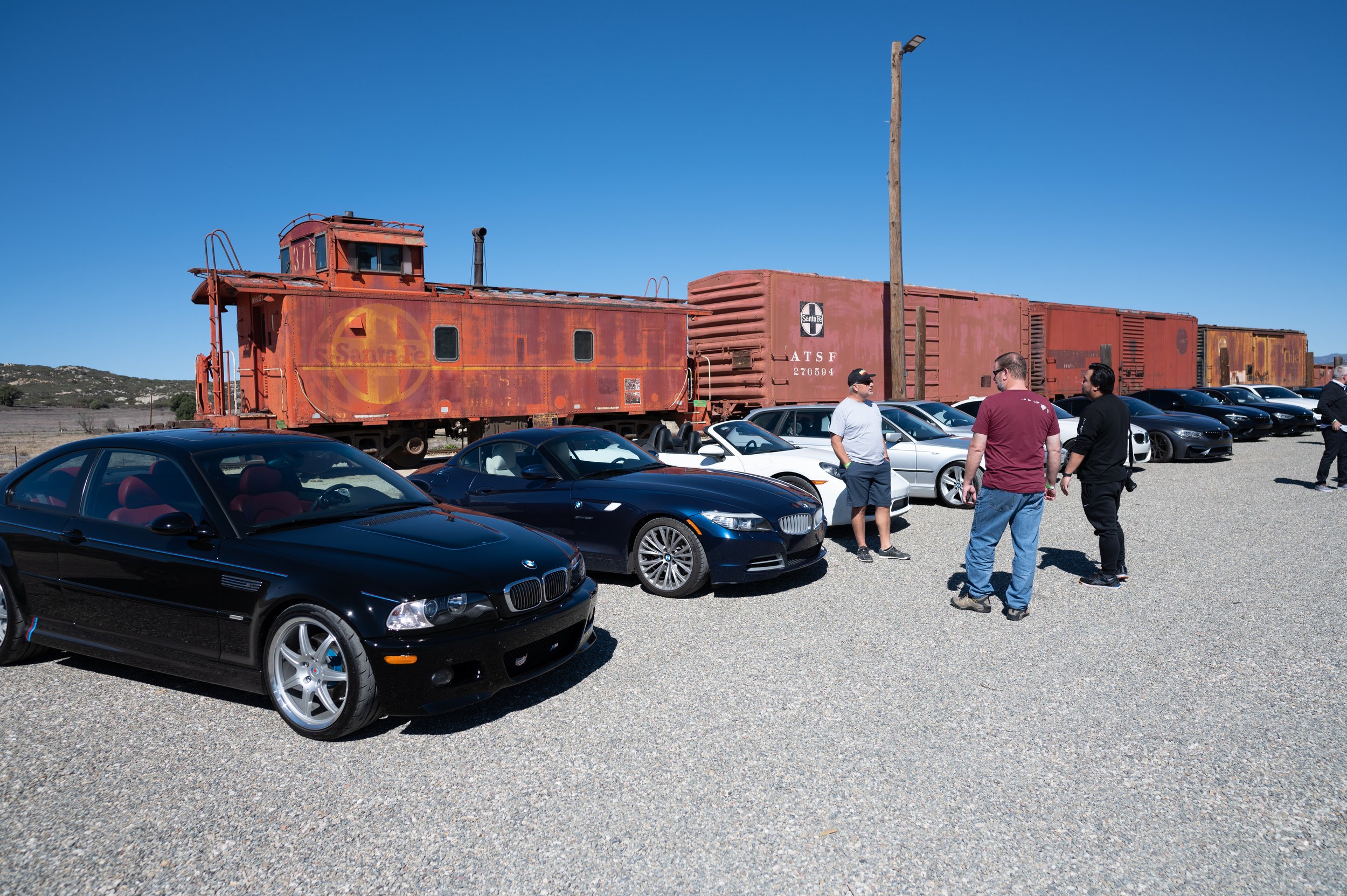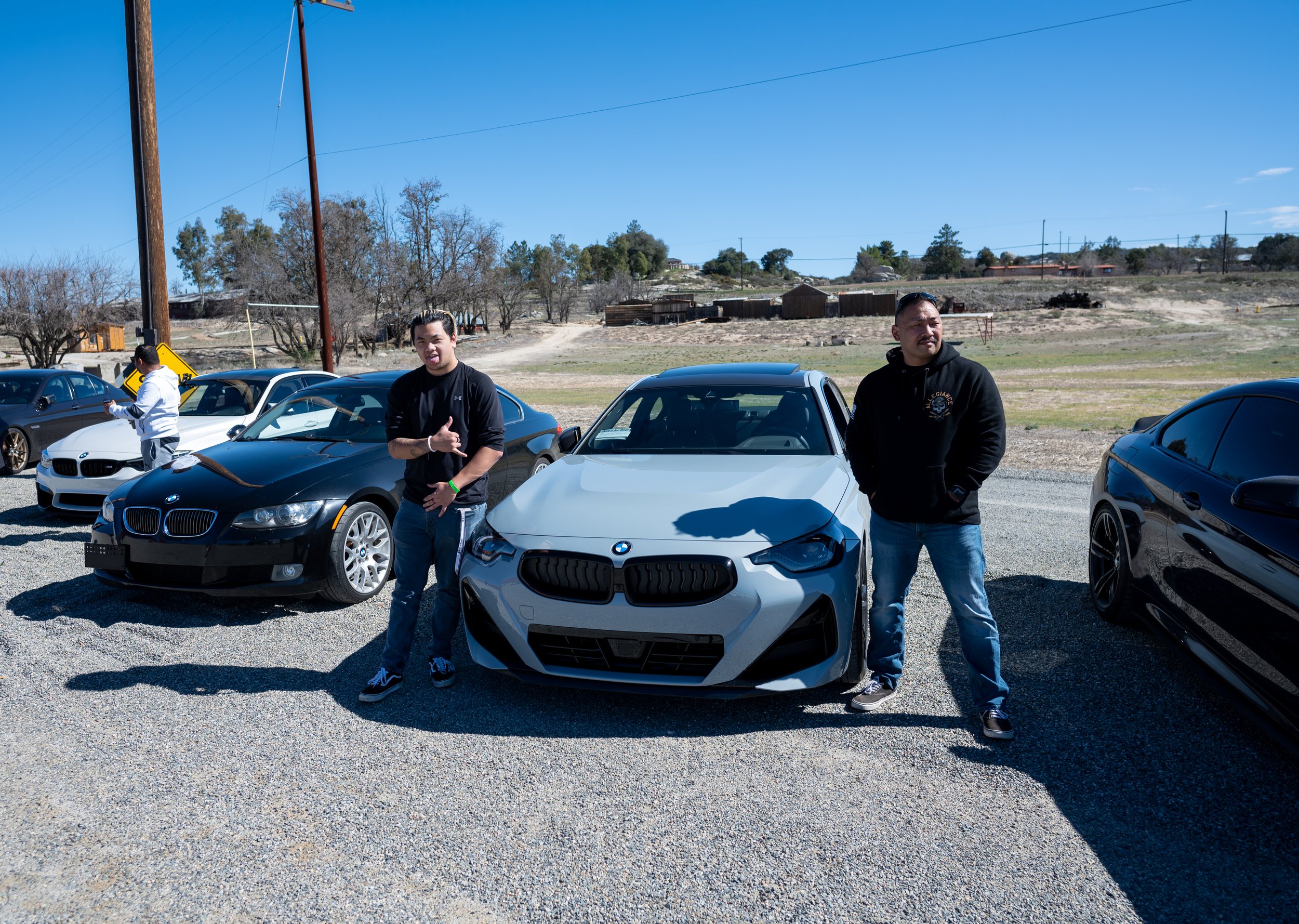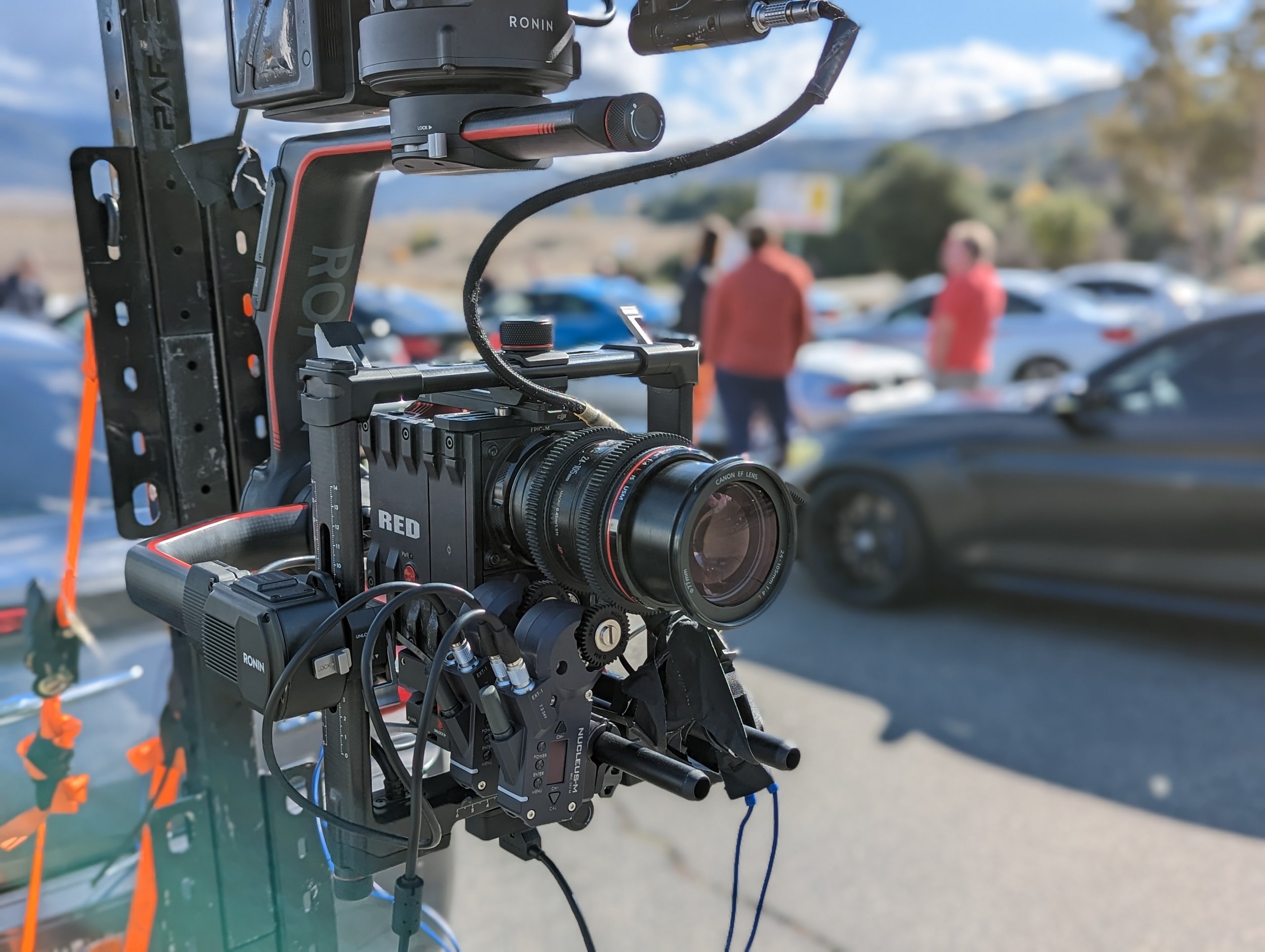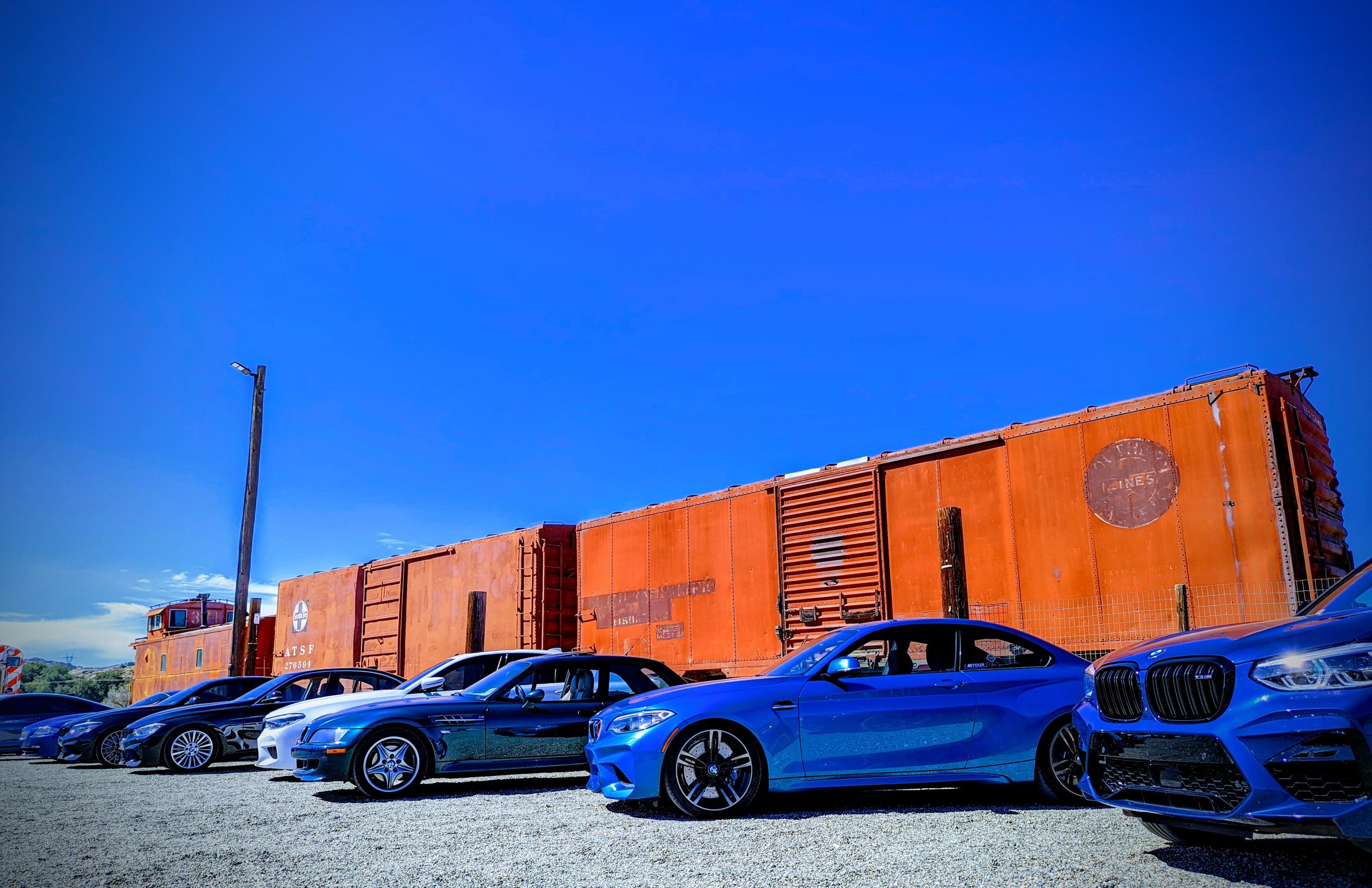What does it take to build a race car? HQ Autosport has the answer!
/by Matt Gage
This was the third time we’ve visited our friends at HQ Autosport. The first time was during their Open House on February 11th where they provided coffee, donuts, and a mobile dyno. The second time was when they hosted the morning meetup location for our Family Scavenger Hunt on March 25th. This latest time was part of our tech session series in which the owners Rob Henretta and Paul Quattrocchi talked about what they know best: creating race cars.
And not just creating race cars, but creating them for ME. If I was thinking about how to enter the racing scene, where do I begin? What kind of car do I start with? Do I need a dedicated race car? Can I use my daily driver? Do I need to buy parts? How do I sign-up? Do I need to be a better driver first? I attended for my own curiosity as I wanted to know the ins-and-outs of what it takes to build any kind of race car I want for my own use.
But what would I use it for? I learned, I need to decide what my target event is: is it just for the street? Autocross? Track Day? Time Trials? They explained each one in detail to help me decide which one I’d like to participate in.
I also learned about different types of competitions. First, I’d attend a Competition school which I’d only be eligible to apply for after doing some performance driving programs. Examples of those programs are our chapter’s Autocross program (next event is June 25th!) and our High Performance Driving Events (HPDE) (we just had an event at Buttonwillow on the weekend of May 20th). The Competition school will teach me about decision making, situational awareness, car control, and pace (in that order).
Building the race car will vary based on the target event I would like to run. Once I’m ready with a car, I would head on over to HQ Autosport and chat with Rob, Paul, or his talented crew to get started on the details of the build I want, how much it would cost, and the timeframe. I can rest assured that their experience of knowing the rules of all the different events would ensure that they would help me build the car to be competitive in that event and more importantly how to plan my upgrades.
However, they also stressed that the car is only a very small piece of puzzle to be competitive. They said it’s very easy for a powerful car to mask poor driving ability. The real secret to being competitive is learning how to control a car through the turn optimally and that takes instruction by a capable instructor and lots of practice. This is exactly what our chapter’s Autocross and HPDE programs would help me to do. Once I’m able to match the lap time of my instructor driving my car, then I may be ready for an engine and suspension upgrade. Until then, tires and brakes may be enough.
Well, maybe a few other upgrades. I want my car to be safe so the crew at HQ Autosport can help me check the brakes, rotors, fluids, wheel bearings, etc. I also want to make it reliable, where they can help me swap out some plastic parts with metal.
Next up was details on how to prep myself for race day. Everything from having some level of fitness, to having enough rest the night before, to making sure to bring a long sleeve shirt, a chair with shade, sunscreen, and an open mind willing to learn from my mistakes.
We then lifted a car up and did a mock tech inspection walk-around…the same type of tech inspection we require at our driving events. With this hands-on demo, they were able to point to us and let us feel the parts they’re inspecting so I now have a better idea of what to expect.
Thank you Paul and Rob of HQ Autosport for helping to give me a much better general understanding of how to enter the racing scene.
